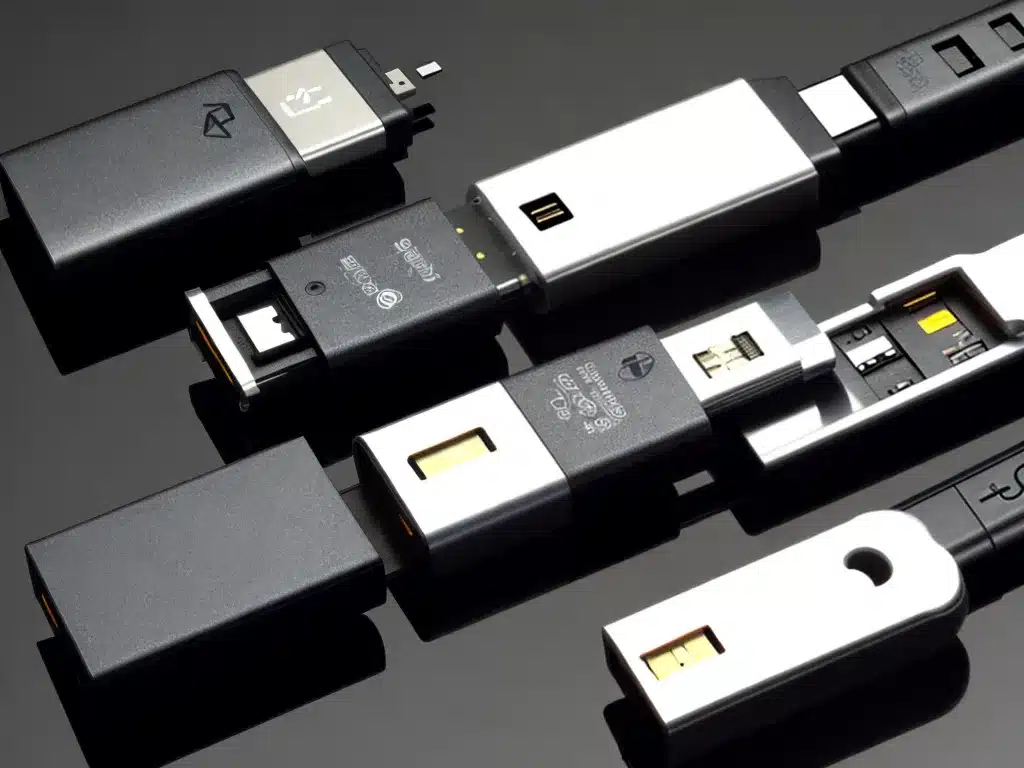
Introduction
Universal Serial Bus (USB) is an industry standard interface that allows communication between devices and a host controller such as a PC. USB devices like flash drives, printers, keyboards, mice, cameras etc connect to a computer through a USB port or USB hub. While USB provides plug-and-play capability and easy connections, sometimes USB devices may not function properly on a Windows computer. In this article, I will discuss some of the common USB device problems faced on Windows machines and how to troubleshoot and fix them.
Driver Issues
One of the most common causes of USB device problems is missing, corrupt or outdated drivers. Drivers are software programs that allow the operating system to communicate with a hardware device.
Here are some tips to troubleshoot driver issues with USB devices:
-
Check if the device is recognized in Device Manager: Open Device Manager and expand the Universal Serial Bus controllers section. If you see any device with a yellow exclamation mark, it indicates a driver problem.
-
Update or reinstall drivers: You can right-click on the problematic device and select Update driver. This will search for the latest driver software automatically. Alternatively, visit the device manufacturer’s website and download the latest driver from there.
-
Uninstall/reinstall drivers: If updating does not work, uninstall the current driver and scan for hardware changes to reinstall the driver.
-
Disable USB selective suspend: This is a power saving feature in Windows that can sometimes lead to USB devices being disconnected. Disabling it may help.
Power Issues
Lack of sufficient power supply is another common reason for USB devices malfunctioning. Some solutions include:
-
Use the rear USB ports: The USB ports at the back of your CPU get better power as compared to the ports in the front of the cabinet or on the monitor.
-
Plug device directly into port: Avoid using USB hubs and plug the device directly into the USB port in your computer.
-
Disable USB selective suspend: As mentioned earlier, disabling this feature can resolve power-related USB problems.
-
Use a powered hub: If you need to use USB hubs, opt for a powered hub that has an external power supply.
Port or Hardware Problems
The USB ports and hardware components may also have defects causing USB device issues. Some troubleshooting tips are:
-
Check USB ports: Inspect the USB ports for any physical damage. If needed, replace any faulty ports.
-
Change USB cable: Try changing the USB cable of the device to see if it solves the problem. Damaged cables can affect connectivity.
-
Test on different port/computer: To isolate if the issue is with a specific port or the computer itself, test connecting the USB device to different ports or on another computer.
-
Inspect device hardware: Check for any damage to the physical USB device like cables, connectors, etc. Replace if required.
-
Update BIOS/chipset/USB drivers: Outdated system software and drivers can also impact connected USB devices.
Conflict With Other Devices
There are chances of certain USB devices conflicting with other components in your computer leading to problems. Here is how to troubleshoot this:
-
Disconnect other devices: Unplug any unnecessary USB devices and peripherals connected to your computer.
-
Try different USB ports: Connect the problematic device to different USB ports on your machine.
-
Update USB/hardware drivers: As discussed earlier, outdated drivers can cause conflicts and problems.
-
Change power settings: Disable USB selective suspend feature and enable USB wake settings from device manager.
-
Disable USB Root Hub in device manager: This will force re-enumeration of USB devices which may resolve conflicts.
Software and Configuration Issues
Software settings and configurations in Windows can also interfere with USB devices. Some tips to fix this:
-
Reinstall USB drivers: Uninstall and reinstall chipset, USB drivers and USB Root Hub devices.
-
Change power settings: Configure your PC to never turn off or sleep when plugged in.
-
Disable USB selective suspend: As covered before, this can help stabilize connections.
-
Change USB settings: In Power options, disable settings like “Allow computer to turn off USB devices”.
-
Update Windows: Install the latest Windows updates which may include USB bug fixes.
-
Change USB port mode in BIOS: If possible, set the USB ports to Hi-speed mode rather than Full or Auto speed.
Conclusion
Troubleshooting USB device connectivity issues requires patience and trial and error. I hope these troubleshooting tips help you isolate and fix any USB problems faced in Windows. Always remember to keep your system and drivers updated, inspect hardware for damage, change USB ports/cables and tweak power settings to get USB devices working again.












